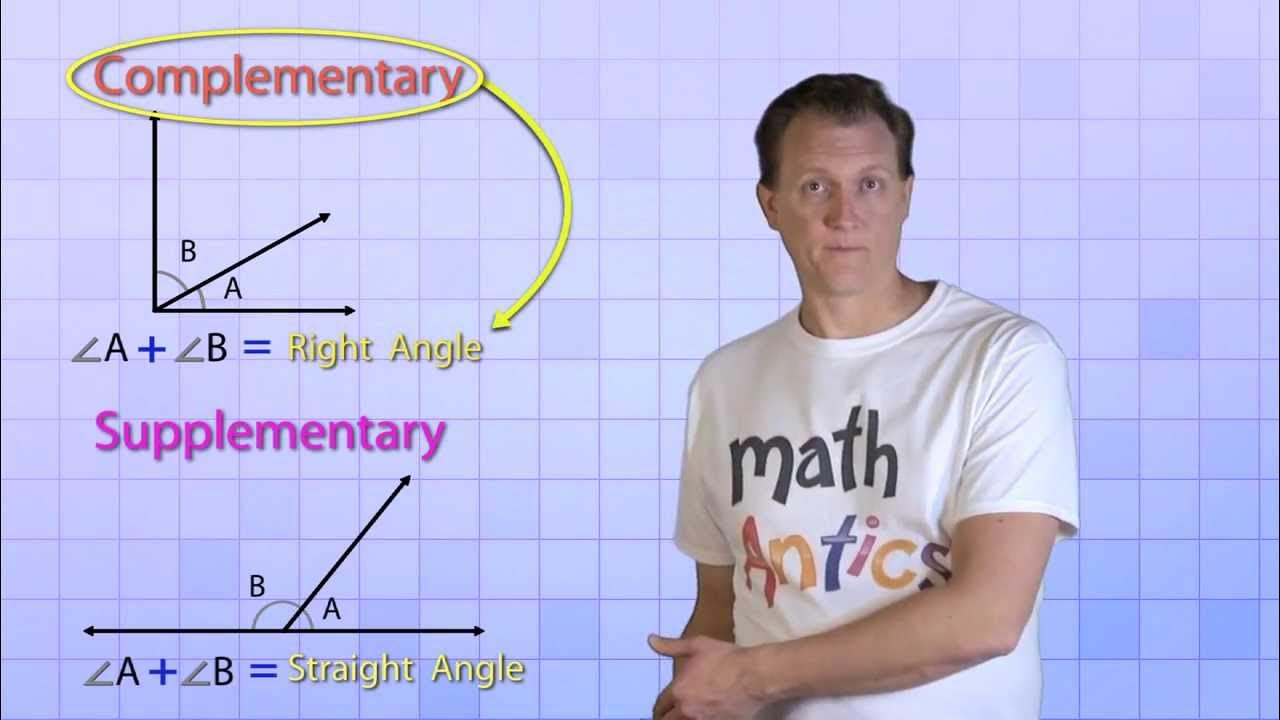Hinge line and interlimb angle - from stereonets 1
Summary
TLDRThe video explains the process of analyzing the geometry of folds by focusing on key features like hinge lines and interlimb angles. Using stereonets, it demonstrates how to plot the orientations of fold limbs and determine the hinge line’s plunge and direction. The profile plane, essential for measuring the fold’s true shape and interlimb angle, is also introduced. Additionally, the video addresses potential ambiguities when interpreting fold structures on stereographic projections and offers solutions for determining fold attitudes, ensuring accurate geometric interpretations.
Takeaways
- 📐 The orientation of fold hinge lines and measurement of interlimb angles are key pieces of information for fold analysis.
- 🧩 Folds have two limbs, and the hinge line is the intersection of these two planes.
- 📊 The plunge and plunge direction of the hinge line can be determined by plotting the orientation of the limbs on stereonets.
- 🔧 The profile plane is crucial for measuring fold tightness and is defined as a cut across the fold structure.
- 🔍 The hinge line serves as the pole of the profile plane, which can be visualized on stereonets.
- 📏 The true shape of the fold can be observed on the profile plane, and the interlimb angle is measured here.
- 🌀 The stereonet helps in plotting the bedding planes from each limb, and their intersection reveals the hinge line.
- 🧭 The hinge line has a measurable plunge (22 degrees) and a bearing (022 degrees).
- 📐 The profile plane, where the hinge line acts as a pole, has a specific strike (112) and dip (78 degrees).
- 🔀 There can be ambiguity in fold orientation on stereonets, requiring additional information to resolve whether a fold is upright or recumbent.
Q & A
What are the two key features needed to analyze folds?
-The two key features are the orientation of the hinge lines and the measurement of fold tightness, specifically the interlimb angle.
How can the orientation of a fold's hinge line be determined?
-The orientation of the hinge line is determined by plotting the orientations of the limbs of the fold on stereonets and identifying the intersection of these limbs, which represents the hinge line.
What is the profile plane in fold analysis, and why is it important?
-The profile plane is a cut across the fold structure, showing the true shape of the fold. It's important because it allows the true measurement of the fold's interlimb angle, and its pole is the hinge line.
How is the interlimb angle of a fold measured?
-The interlimb angle is measured on the profile plane by calculating the angle between the two limbs of the fold, which is the angle between the two planes representing the limbs.
What is a stereonet, and how is it used in fold analysis?
-A stereonet is a tool used to plot and analyze the orientation of planes and lines. In fold analysis, it's used to plot the limbs of a fold, find the hinge line, and measure the interlimb angle.
What are the 'plunge' and 'plunge direction' of a hinge line?
-The 'plunge' is the angle of the hinge line below the horizontal, while the 'plunge direction' refers to the bearing or azimuth of the hinge line’s direction of plunge.
How is the profile plane constructed on a stereonet?
-The profile plane is constructed by first identifying the hinge line as the pole of the plane. The stereonet is then rotated so that the hinge line is opposite the great circles, and a great circle is drawn 90 degrees from the hinge line, representing the profile plane.
What does the interlimb angle reveal about a fold’s structure?
-The interlimb angle provides information about how tight or open a fold is. A smaller angle indicates a tighter fold, while a larger angle suggests a more open fold.
How can ambiguity in stereonet analysis be resolved regarding fold orientation?
-Ambiguity can arise in determining whether a fold is upright or recumbent. This ambiguity can be resolved by using additional information, such as the orientation of the axial surface or cleavage, to determine the correct fold attitude.
What role does the axial surface play in fold analysis on a stereonet?
-The axial surface helps clarify the fold's orientation, especially when determining whether a fold is upright or recumbent. The axial surface is vertical in an upright fold and goes through the pin of the stereonet.
Outlines

This section is available to paid users only. Please upgrade to access this part.
Upgrade NowMindmap

This section is available to paid users only. Please upgrade to access this part.
Upgrade NowKeywords

This section is available to paid users only. Please upgrade to access this part.
Upgrade NowHighlights

This section is available to paid users only. Please upgrade to access this part.
Upgrade NowTranscripts

This section is available to paid users only. Please upgrade to access this part.
Upgrade NowBrowse More Related Video
5.0 / 5 (0 votes)





